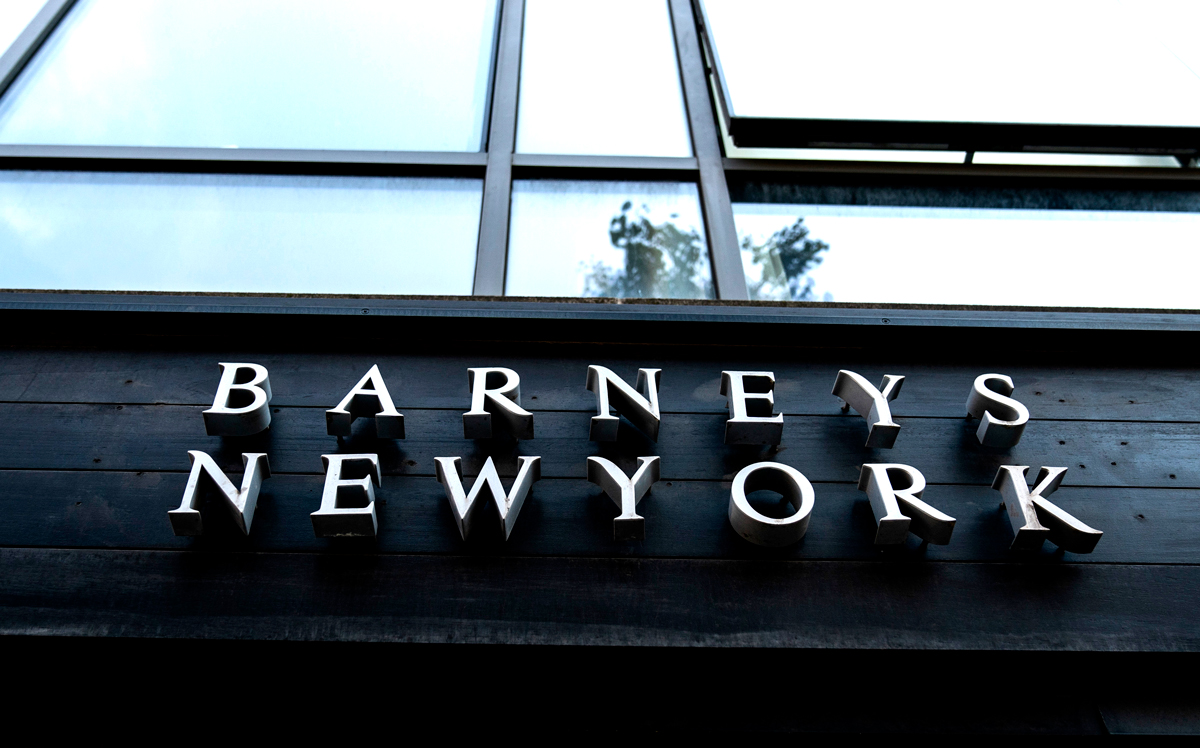Barneys this week filed for bankruptcy and announced its plan to shutter 15 of its 22 luxury department stores. What the downsizing spells for the luxury retailer’s various landlords remains unclear, at least for the moment.
Retail experts told The Real Deal that negotiations are likely and that concessions from the landlords could be possible to prevent Barneys from vacating some locations.
“To lose that tenant in this market wouldn’t be very smart, because who’s going to replace them?” said Peter Braus, a managing principal at Lee & Associates.
From Brooklyn to Santa Monica, Philadelphia to the Fashion Outlets of Chicago, the closures come amid an evolving retail landscape, battered by rising competition from e-commerce.
“A perfect storm,” said Robin Abrams, a vice chairman in Compass’ commercial division — and one that other retail chains have been weathering in recent years.
The Barneys locations that will remain open include its 275,000-square-foot flagship at Ben Ashkenazy’s 660 Madison Avenue in Manhattan — where annual rent nearly doubled — along with another in the city, and stores in Beverly Hills, San Francisco, and in Massachusetts. Abrams predicts that the Chapter 11 proceedings could potentially bring Barneys and its landlords to the negotiating table.
“It would make sense for them [Barneys] to approach their landlords and talk about some kind of compromise, whether it be renegotiating deal terms, downsizing space, or all the things they had talked about before they filed,” she said. “My guess is that they will have those conversations, and that, if they are to maintain some of these high-profiles, expensive spaces, it will be based on some terms with a little flexibility.”
Braus predicts similar talks would take place, but acknowledged anything is possible.
In the event that Barneys were to vacate that location in the future, Braus can see an office space-retail hybrid emerge. “But keep in mind, that’s an enormously capital-intensive thing to do. You’re talking about — I don’t know — $200, $300 per square foot to convert from retail to office space, and you’re probably going to have to do a new lobby, and it’s going to take two or three years before that all gets done.”
“So unless you’ve got a plan in your pocket and you’ve got oodles of cash to spend,” added Braus, “your best bet is to try to keep these guys one way or another.”

Reports of Barneys’ potential bankruptcy surfaced in July, after news that rent at the flagship store at 660 Madison, which accounts for nearly half of all sales, had jumped last January to $30 million from $16 million. A representative for landlord Ashkenazy declined to comment.
On Tuesday, Daniella Vitale, Barneys CEO and president, indicated next steps would include a review of current leases; the company now has until Oct. 24 to find a buyer and avoid liquidation.
The company on Wednesday secured a new offer from Brigade Capital Management and B. Riley Financial that will pay out $75 million and also inject an additional $143 million for operations costs while Barneys looks for a buyer.
The events also fall in line with wider trends across the high-end retail industry at large. “The days are over where you can support tons of flagships,” said Abrams. “You may have one or two to drive sales, but overall: You need to be profitable.”
But all is not lost for the retail industry, Abrams said. While pop-up stores and repurposed malls and department stores continue, short-term and long-term retail deals are returning. “We’re getting back to healthier times and starting to see people not as frightened when it comes to locking in retail leases, and that’s a really good thing.”
Still, a fleet of flagship stores does not necessarily carry the same allure it may have in the past, and one lesson for landlords remains consistent: Times have changed.
“If I brought Barneys to you a year ago, you’d have been like: fantastic, great tenant, let’s do it,” said Braus. “These days, I think you want a tenant that is going to stand the test of time, that you look at and understand why they are going to be around in 10 years.” And, if you can’t, then consider: “Maybe I shouldn’t be doing this deal.”




